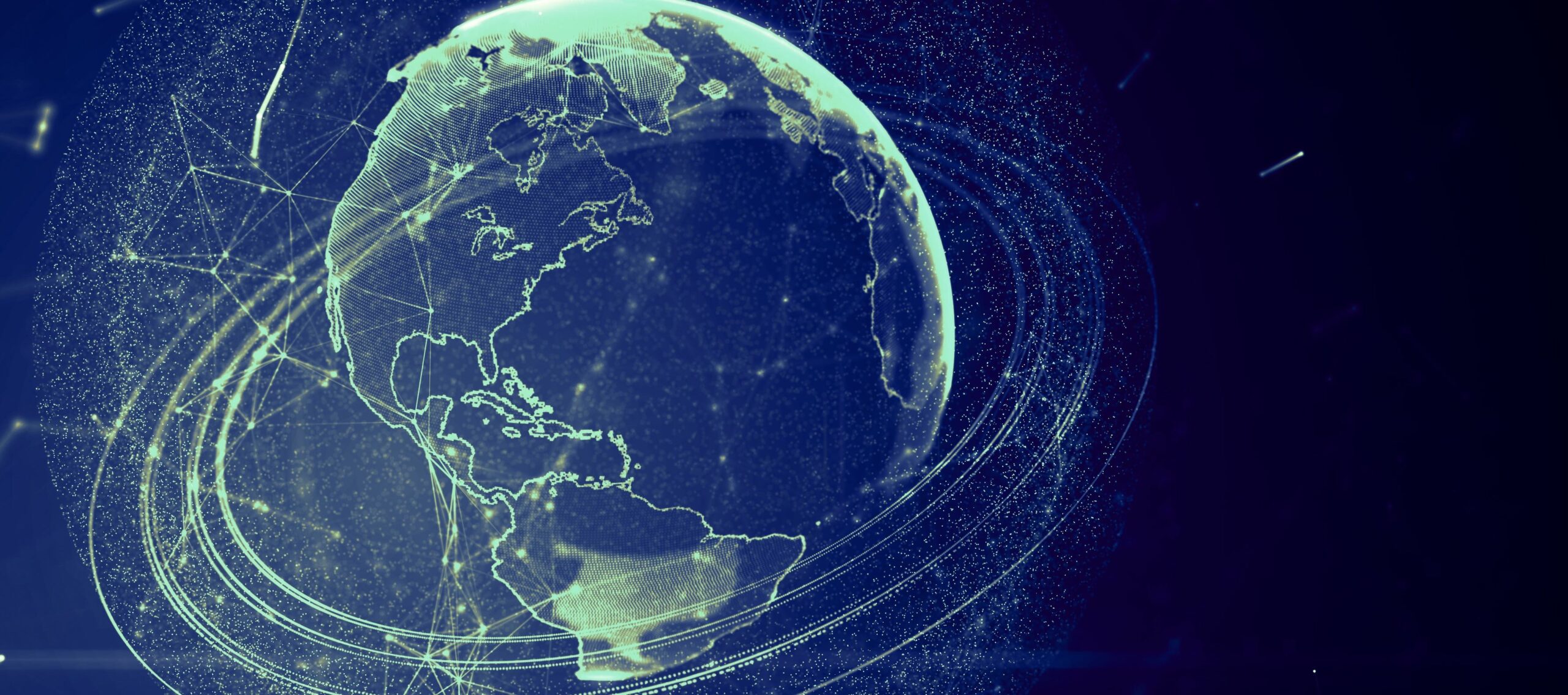
Organizations need to create a self-sustaining culture and infrastructure to continuously adapt and thrive in the digital economy.
by Melissa Swift
November 28, 2017
The beauty of terrariums — those enclosed, transparent plant containers kids love — is that they are self-sustaining ecosystems. You just put them in the sun and the soil and plants turn the heat and light into water, which then evaporates and condenses on the walls of the container, thus creating a highly efficient, totally adaptable environment ideal for plant growth.
That self-sustaining design is precisely what organizations should strive for when it comes to the new digital economy.
For years, organizations have viewed becoming digital-first as a “transformation” — as if, like summiting a mountain, it is some fixed point to reach. But that relies on an antiquated approach to reinvention that fundamentally misunderstands today’s digital world. Transformation, by definition, is a one-time process. Organizations today need to create a self-sustaining culture and infrastructure to continuously adapt and thrive in the digital economy. They need to understand that reinventing themselves once doesn’t mean they can compete going forward — the future of work belongs to those who are always iterating.
The Korn Ferry Institute’s first-ever “Digital Sustainability Index,” created in conjunction with Oxford Analytica, measures five key dimensions that enable organizations to adapt to change.
Those dimensions include Agility (rapid decision-making, execution and response to environmental changes), Connectivity (consistent collaboration with internal and external stakeholder ecosystems), Discipline and Focus (unequivocal clarity on what “digital” means to an organization and how to achieve desired outcomes), Empowerment and Alignment (a definitive mission statement and an aligned workforce equipped to make decisions), and Openness and Transparency (deliberate clarity about ethics, responsibilities and practices, and employees who are valued and a workplace where creativity is encouraged).
The index ranks 362 organizations across five industries and 14 countries on the five dimensions and assigns a score out of 100 that reflects overall digital sustainability and performance in each dimension. The compelling commercial imperative for becoming a highly flexible, digitally sustainable company is clear: The index proves that high performers in the dimensions of sustainable transformation see a 5.6 percentage point increase in profit margin (earnings before interest, tax, depreciation and amortization) vs. the low performers. For a midcap company with revenue of $7 billion, this could potentially represent a difference of $392 million.
Perhaps counterintuitively, people are the key to creating digital sustainability. Organizations view transformations in three buckets: people, process and technology. And while they’ve spent massively on technology and heavily emphasized process, the people aspect of transformation has been meaningfully neglected.
Part of the reason for that is because the digital economy requires organizations to access people in a completely new way. In the past, as companies got larger and more complex, they focused on creating autonomous groups of people and minimizing risk. The result: hierarchies, traditional rewards, static teams and closed ecosystems.
The digital economy mandates organizations be more agile, emphasizing team-based work where innovation is encouraged, decision-making is flat and employees are aligned and empowered. Underlying all five dimensions of the “Digital Sustainability Index” is people muscle. While many organizations have focused on the “hardware” of digital change — such as introducing new technology and systems — it has proven a great challenge to create the “software” needed to alter culture and improve employee engagement and alignment. But businesses must focus on this complex area to sustain success in the future of work.
The greatest downside in the economy’s digital transformation to date has been experienced through people, either through loss or change in jobs and how companies operate overall. But the greatest upside in digital transformations is also possible through people, by way of making them more productive or efficient in the ways that they work. Put another way, the beauty of digitally sustainable organizations lies in their ability to create highly efficient, totally adaptable environments ideal for employee contribution and growth — which, in turn, leads to business growth.
The result is four different categories of business outcomes: refreshing the business model; re-inventing or expanding the products, services and solutions portfolio; enhancing king up the customer experience; or improving the efficiency and effectiveness of work.
Melissa Swift is the global leader of digital solutions at advisory and research firm Korn Ferry Hay Group. To comment, email editor@talenteconomy.io.



